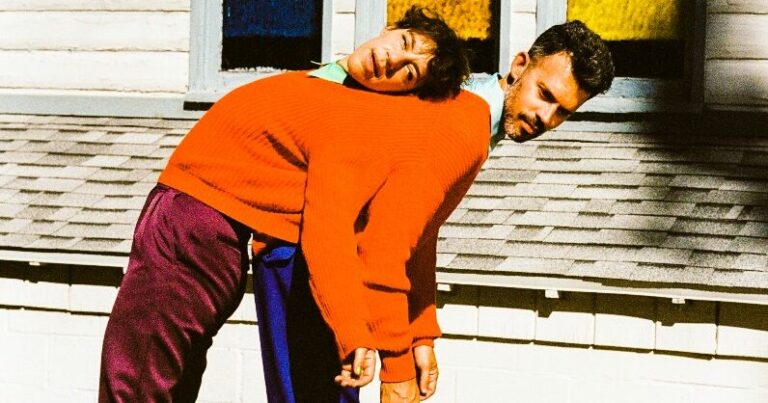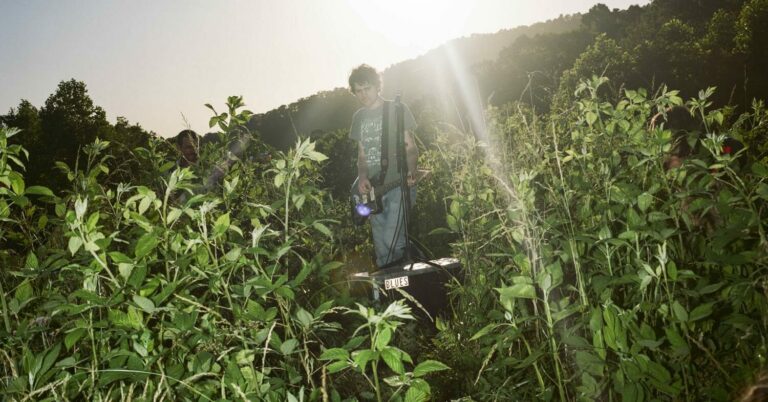2024 has produced the hottest artists to sing along on your journey. You can count on these famous musicians to help you get through the day without hassles. From billionaire pop artists like Taylor Swift to live performers like Harry Styles, you can listen to any of these talented artists to give you a boost and lift your mood.
Take a look at the most smashing artists of 2024.
Taylor Swift
Taylor Swift is one of the biggest stars in the world. She has dominated the music industry with her charm and soothing voice. Her latest album, The Tortured Poets Department was released in April 2024 and has sold over 1.9 million copies. It has a total of 16 songs including the hit track Fortnight featuring Post Malone.
The Tortured Poets Department became the first album on Spotify to reach more than one billion streams in one week. It was also the most streamed pop album on Amazon Music and Apple Music, turning Taylor Swift into a record-breaking musician. Her collaborations with artists like Post Malone and Florence and the Machine have produced positive results on international music shows and charts.
She is currently on her 6th concert tour, performing in cities across 5 continents. Benson Boone and Sabrina Carpenter are a few of the opening acts accompanying Taylor Swift on the Eras Tour. Taylor Swift has won several accolades for the Eras Tour such as, The Concert Tour of the Year award at the 2024 People’s Choice Awards and the Favorite Ticket of the Year award at the 2024 Nickelodeon Kid’s Choice Awards.
Eminem
Eminem is an American rapper, known for heartfelt lyrics and an incomparable pace of words. My Name Is, Stan, The Way I Am, and Superman are some of Eminem’s greatest songs. The Death of Slim Shady (Coup de Grâce) is an album that was launched in July 2024, marking the return of Eminem to music.
Tracks like Houdini from Eminem’s new album are making the rounds in various countries. Fans of Eminem in Australia, Belgium, New Zealand, Norway, Switzerland, the United States, and the United Kingdom are eager to listen to Eminem live in their towns.
Skylar Grey, Big Sean, JID, and White Gold are a few artists that Eminem has worked with while producing The Death of Slim Shady (Coup de Grâce). An obituary for Slim Shady was published in the Detroit Free Press newspaper in Eminem’s hometown of Detroit, Michigan, to promote his album. A video was also released during the 2024 NFL draft to get people excited for Eminem’s latest tracks.
Dua Lipa
Dua Lipa is an English singer and songwriter from Albania. She has won 7 Brit Awards, 7 MTV Video Play Awards, and 3 Grammy Awards in her entire career. Radical Optimism is Dua Lipa’s third album, recorded in multiple studios in London, Malibu, and Los Angeles.
Tracks like Houdini and Illusion from Dua Lipa’s album Radical Optimism have been met with overwhelming reviews. Most songs in her latest album have several elements of neo-psychedelia, giving Dua Lipa a fresh twist to her pop persona.
Nu-disco fans can dance to Dua Lipa’s Houdini in different locations to feel like the Albanian musician. Many places around the globe with high net-worth individuals like Las Vegas are popping Dua Lipa’s tracks to set the heart pounding. Her track, Houdini, is inspired by the real life magician who has performed stunts to escape captivity. You can listen to Dua Lipa’s Houdini in Las Vegas casinos before leaving Blackjack tables for a dramatic exit.
She performed Houdini live at the 2024 Annual Grammy Awards, along with the hit song Dance the Night at the Crypto.com Arena in Los Angeles. It was viewed by over 16 million people worldwide. Dua Lipa has appeared in movies like Barbie and Argylle since becoming a pop star. She is among the wealthiest people in the UK.
Previous hit titles from Dua Lipa include Don’t Start Now, Love Again, and Be the One. Dua Lipa is a celebrated woman in the modeling industry, debuting her runway at the Versace’s Spring/Summer 2022 show at Milan Fashion Week.
Harry Styles
Harry Styles is an amazing singer from England. He was the former member of the pop boy band, One Direction. After becoming one of the best-selling boy bands of all time, Harry Styles released his debut album in 2017. His musical accomplishments over the years include 6 Brit Awards, 3 American Music Awards, and 9 iHeartRadio Music Awards.
His second album, Fine Line, was a part of the 500 Greatest Albums of All Time. Chart toppers from Harry Styles like Watermelon Sugar and As It Was peaked in the Billboard Hot 100 for several weeks. He is regarded as a prominent solo artist to have emerged from a band, becoming a reputed artist in the music and fashion industry.
The English singer has over 46 million followers on his Instagram account. Harry Styles has inspired a number of musicians like Miley Cyrus, Lorde, and Stevie Nicks to compose new music. In June 2024, Holmes Chapel, the village that Harry Styles grew up in, organized a 3-hour guided tour for his fans.
















